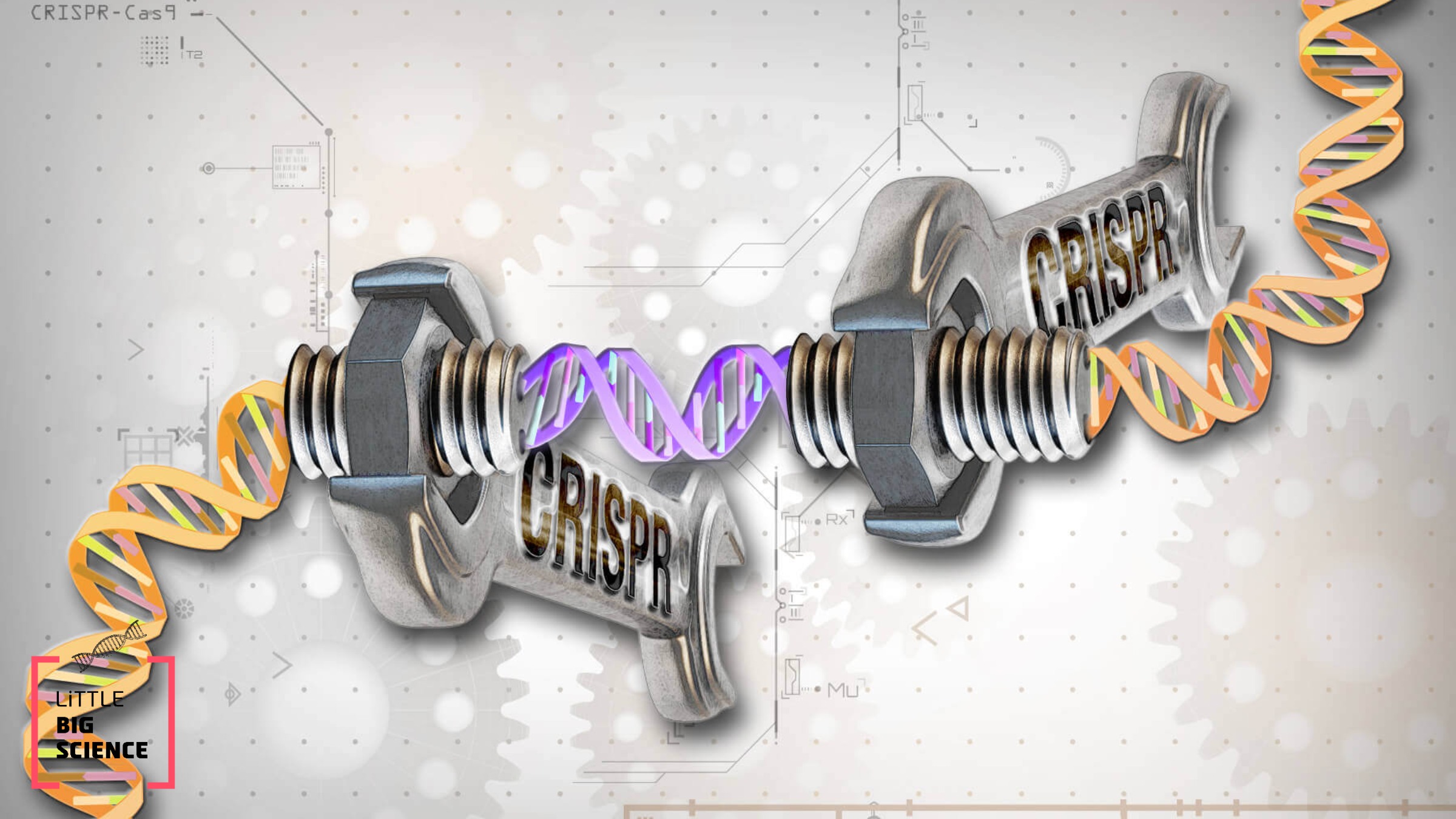
We have all heard quite a lot about CRISPR, the innovative genome-editing technique. Now, two pioneering laboratories in the field have used CRISPR as a diagnostic tool to detect viral infections such as Zika, dengue, and human papillomavirus (HPV).
Advertisement
CRISPR, or more precisely CRISPR/Cas9, entered public awareness around five years ago and has since become the leading technology for genome editing. Put simply, it enables scientists to modify DNA at will. The researchers who spearheaded this revolution are Jennifer Doudna of the University of California, Berkeley, and Feng Zhang of the Broad Institute of Harvard and MIT. They have now published parallel papers describing an additional use for CRISPR. These papers demonstrate that CRISPR can be used as a diagnostic tool for rapid, low-cost detection of viral infections. While this may sound surprising—turning a genome-editing technology into a tool for identifying viruses—it is in fact not at all surprising, because CRISPR is originally a bacterial defense mechanism against viruses.
Even before the publications of the studies by Doudna and Zhang that showed how CRISPR, combined with the Cas9 enzyme and several additional components, could repair DNA on demand in vitro [1] and in eukaryotic cells [2], many scientists had investigated the bacterial CRISPR system. Eugene Koonin of the U.S. National Center for Biotechnology Information (NCBI) was the first to propose that in bacteria, CRISPR acts as a defense mechanism against foreign DNA [3].
CRISPR is actually part of the bacterial genome, a kind of library containing short repeating sequences to which fragments of previously encountered foreign DNA have been added. If the bacterium encounters these foreign DNA fragments again, for example when it is infected by a bacteriophage, a system called Cas is activated. This activation leads to the chopping of foreign DNA into fragments. Put simply, the CRISPR system acts as a pair of molecular scissors that cut DNA. The system originally evolved in bacteria to cut foreign DNA; however, in recent years, researchers have engineered it to cut and repair DNA on demand.
In the two papers now published in the prestigious journal Science, the researchers describe CRISPR-based tools for detecting the presence of viruses that rely on the ability of CRISPR to recognize and cut DNA.
Doudna’s laboratory developed a method called DETECTR, which is based on the Cas12a nuclease recognizing human papillomavirus (HPV) DNA inside cells. Cutting the viral DNA causes infected cells to fluoresce [4]. This method is relatively quick, taking about an hour, and inexpensive. However, it is not currently suitable for use with human samples, such as blood, saliva, and other body fluids, so further development is needed.
Zhang’s laboratory first published a method called SHERLOCK around a year ago [5]. The researchers have now reported a significant improvement in SHERLOCK’s capabilities, including its ability to use multiple nucleases in parallel to detect several viruses in the same sample. For example, it can detect Zika and dengue viruses simultaneously [6]. Like DETECTR, SHERLOCK relies on fluorescence, but Zhang’s team has also developed a “stick test” similar to a home pregnancy test. The sample is loaded onto a strip of paper, and a result indicating the presence of the tested viruses is provided within minutes.
Although CRISPR-based genome editing is in the advanced stages of development and has even been tested in humans, there are several issues that require attention. For example, an upcoming study claims that there can be an immune resistance to CRISPR. In other words, the immune systems of many people may recognize CRISPR components as foreign and act against them. Note that this study has been posted online but has not yet undergone peer review, so it should be interpreted accordingly. Another issue is the precision of CRISPR: can it randomly edit DNA regions that were not intended to be altered?
While the first issue above is irrelevant to CRISPR-based diagnostic methods, the second issue is critical. What is the diagnostic accuracy of CRISPR? Could the presence of other viruses affect its performance? Will it produce false positives? These questions must be answered before DETECTR and SHERLOCK can enter routine use. Nevertheless, the leap made in CRISPR-based technologies over the past five years has been revolutionary, and it is fascinating to consider the potential future developments of CRISPR.
(* Please note that there are several enzymes called Cas, each with different properties. Cas9 was the first enzyme to be used for genome editing and is therefore was mentioned above. The precise name of the genome-editing system is CRISPR/Cas9.)
English editing: Gloria Volohonsky
References:
- Study showing that CRISPR/Cas systems can cut DNA on demand in vitro
- Proof-of-concept showing that CRISPR/Cas systems can be used for gene editing in human and mouse cells
- Study suggesting that CRISPR is a bacterial immune system
- Using CRISPR for detecting cells infected with HPV
- Introduction of the SHERLOCK system for CRISPR-based nucleic acid detection
- SHERLOCK for detection of Dengue or Zika virus







